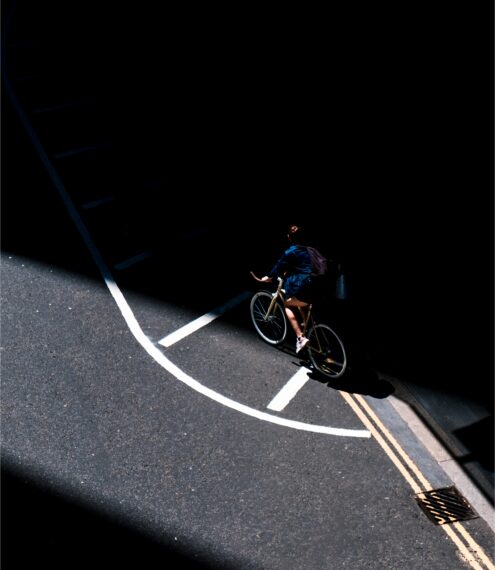When we carried out our Transport Evidence Review, published in 2014, we were not able to find anything that met our standards of evidence on the local growth impacts of investing in walking and cycling.
Just published, though, is a study by Rachel Aldred, Joseph Croft and Anna Goodman which looks at the high profile ‘Mini Holland‘ investment in three London boroughs. They substantially invested in safe walking and cycling routes and, in some cases, modal filtering to exclude cars and reduce rat running. This is actually a programme covering a series of smaller investments: 102 small schemes, of which at the time of the interim evaluation, around 20 per cent were completed.
This study meets our standards of robust evidence because it makes a before and after assessment of what changed in the Mini Holland areas and compares it with the change in similar areas that didn’t get the investment. It is this comparison that really starts to give us confidence in a study’s findings. If we just look at the change in our intervention area, it becomes hard for us to distinguish changes that happen because of our intervention from general background changes. If we can be confident that these background factors have been accounted for, then we can be more confident that the difference between the two is down to the intervention itself. We refer to this type of approach as ‘difference in difference’ and it scores SMS3 on our evidence scale.
The Mini Holland study doesn’t look explicitly at local economic growth outcomes but it asks three important public policy questions:
- did the investment have an impact on the rates of walking, cycling or car use in those areas?
- did it change people’s perceptions of the quality of their local environment?
- did it change people’s attitudes towards investing in walking and cycling?
To do this, the study authors have set up a longitudinal study (repeated over time). They carried out a baseline survey in 2016, before any schemes were in place. The survey recorded some personal demographic and socio-economic information, useful for controlling for other factors that might affect the outcomes above. After that, it asked participants to record a travel diary for the week immediately prior and then posed some attitudinal questions. Having started early and collected this baseline data for both intervention and control areas, the authors can now use that baseline to compare how findings change over time.
This study reports on early impacts – just a year after the first schemes have been completed. The intention is to repeat it over time in future. This is great practice for rapid feedback, as we recommend in our ‘how to evaluate‘ series – it allows findings to be fed back into how future schemes are rolled out. The intention is to carry out future evaluations as well.
What the authors found after just one year, with 82 of 102 schemes still to be completed, was an association between living in a Mini Holland area and increased likelihood of having cycled in the last week, and increasingly positive perceptions of the local cycling environment. They did not identify a statistically significant drop in car usage (yet?). They note that those in a ‘Mini Holland’ area were more likely to think that too much money is being spent on walking/cycling (and less likely to think that not enough money is being spent on walking/cycling).
The authors conclude that: “increased active travel and improved perceptions of the local environment represent encouraging results for planners. They suggest that coordinated planning of high quality infrastructure interventions can increase active travel levels even before schemes are fully complete, and even in relatively car-dominated city contexts. However, findings related to views on cycling investment confirm that such interventions may – as here – be controversial, particularly where walking and/or cycling are stigmatised”.
For more information on transport policy design you could also take a look at our transport policy toolkit, which includes evidence on Real Time Information and on Smart Ticketing. At the WWCLEG, we are planning to take a closer look at the evaluation material on walking/cycling and on public transport to see whether there is a sufficient evidence to add to that toolkit and ask “what do we know about how to deliver mode shift away from car”?






